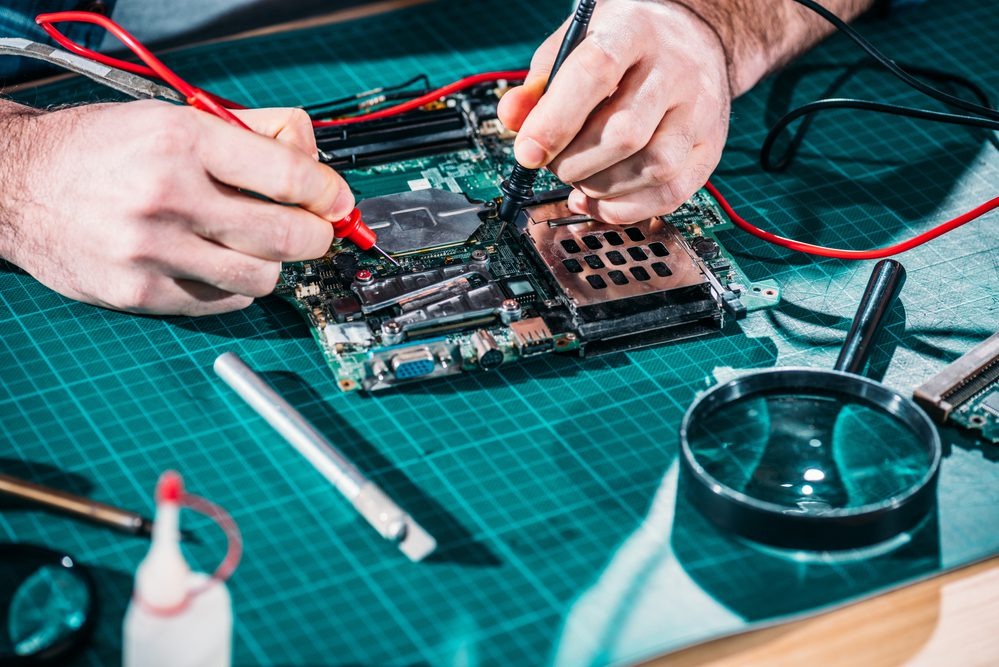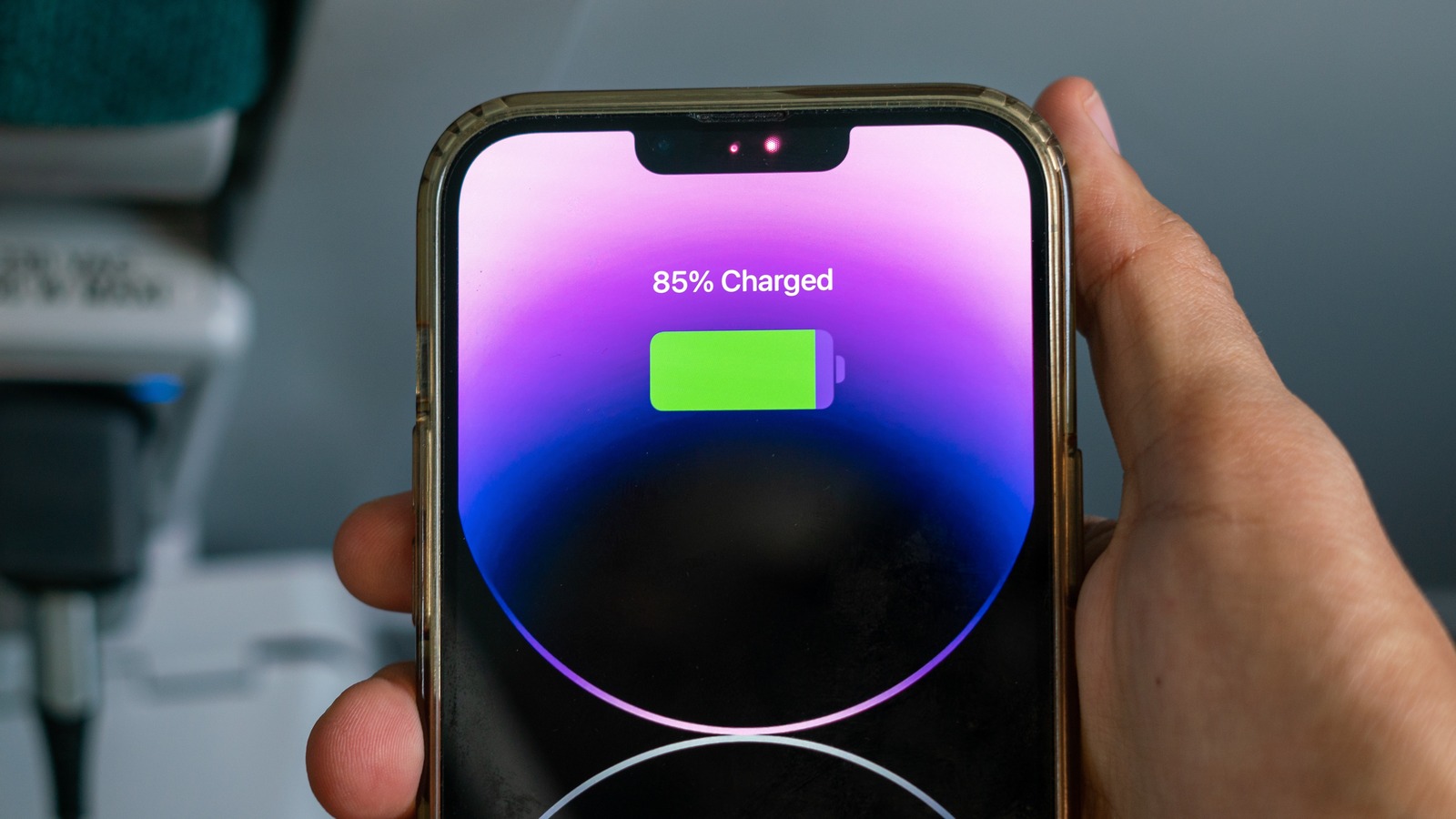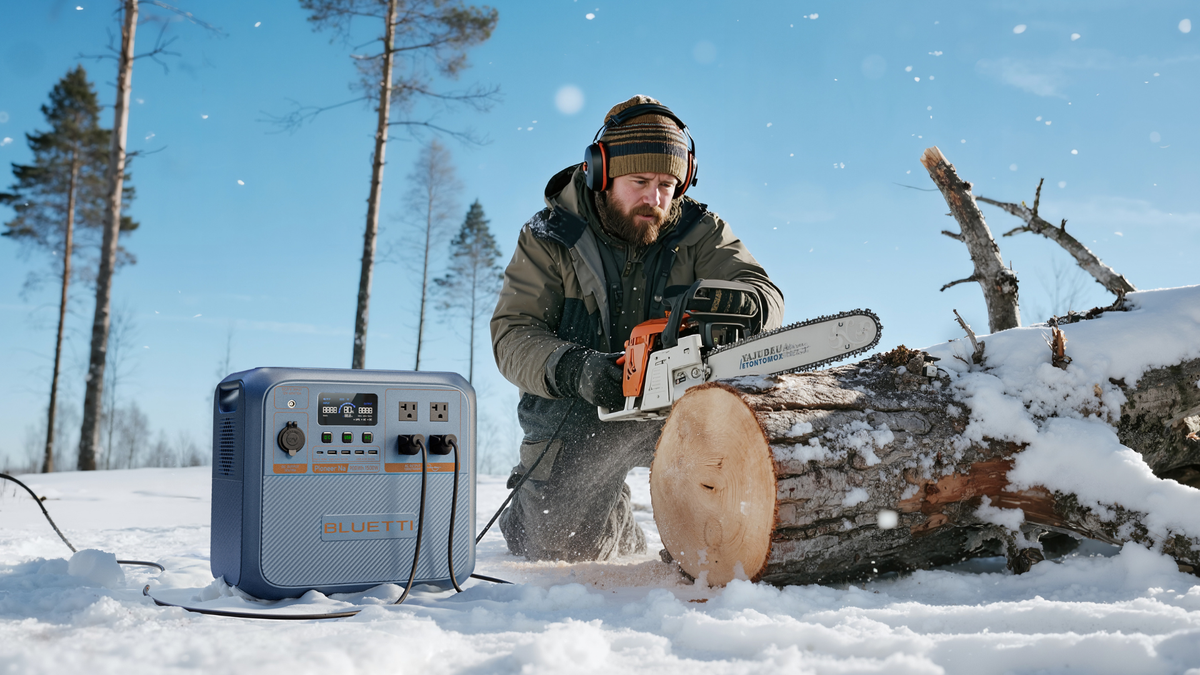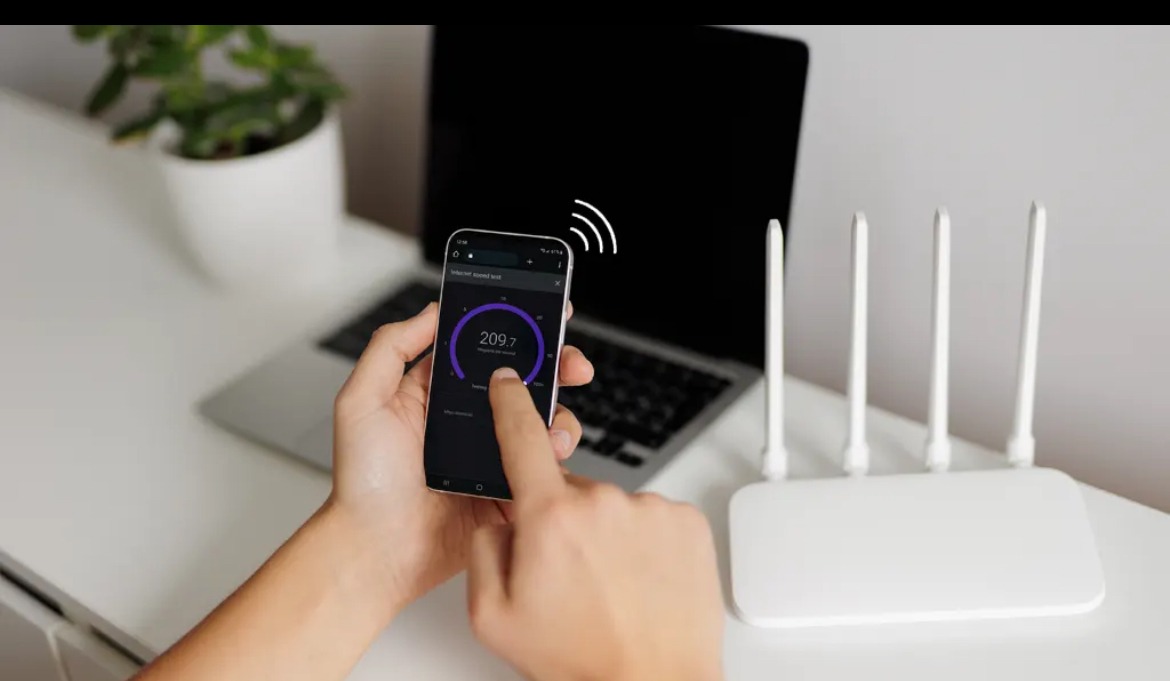Refurbished tech is not entirely new or a big deal in every part of the world, Africa-inclusive. For a fact, a lot of Africans purposely go for refurbished tech, but some are sold fake gadgets repackaged as refurbished by dubious vendors (would make a good story for another day). Owning refurbished tech offers a practical way to own quality gadgets at a fraction of the price new gadgets would cost— whether it’s a smartphone, laptop, or gaming console, refurbished tech makes quality gadgets accessible to millions of people on the continent.
GlobalNewswire reported the African recommerce market – which includes refurbished and second-hand electronics – is growing at 14.2% annually, and is projected to hit $2.6 billion in 2025 and $4.08 billion by the end of 2029. But before you walk into a store or click the buy option on a website, there are several essential things you need to know to make sure you get a reliable tech device, not an expensive fake device.
1. Understand what refurbished really means:
Not all refurbished tech is the same. Some are factory-refurbished, meaning they have been inspected, repaired and certified by the original manufacturer (think Apple or Dell). Others are seller-refurbished, fixed by individual vendors who may be qualified or not.
For ultimate peace of mind, always verify before you buy. Make sure all hardware parts are functioning properly, confirm that the device supports the latest security updates, and insist on a valid warranty. Factory-refurbished comes with a good warranty and a high degree of quality control. On the other hand, the seller-refurbished items vary in quality and condition. After reading this article, you’re not allowed to feign ignorance after buying a seller-refurbished gadget and it stopped working two hours, thirty-five minutes after making the purchase (good luck getting your money back).
2. Check warranty and return policies:
A vendor selling a reliable refurbished tech product won’t hesitate to hand you a reasonable warranty. In Africa, a lot of reputable vendors offer 3-12 months of warranty, while some informal vendors offer none but well-rehearsed promises and “Trust me, bro.”
To be on the safe side, where we obviously want you to be (or we would have gatekept our knowledge), confirm: warranty’s length and what exactly the warranty covers (battery, screen, motherboard, etc), if returns or exchanges are possible, and whether repairs are done locally or overseas. You can also make your purchase through verified online platforms.
3. Always verify authenticity:
The sale of counterfeit or tampered gadgets is a growing concern. In Kenya alone, Counterpoint research data suggested that by mid-2024, refurbished smartphones made up 60% of all mobile phone sales, making the market a hotspot for fake devices.
To protect your hard-earned money: ask for the IMEI number, check the manufacturer’s tag, and model number and test all features before making payment. Original refurbished tech would match official specifications. If something feels off— it definitely is.
4. Inspect battery life and software update:
Batteries are chemical components that break down over time, while outdated software can limit functionality— therefore, examine both carefully before dropping any amount on a refurbished gadget. Request a battery test, or run one yourself if you’re tech-savvy.
Additionally, ensure the device supports current software updates and security patches, it’ll be pretty irresponsible to buy a device that doesn’t support software updates in 2025. Also, perform a factory reset just to be sure the previous user’s data is permanently erased.
5. Buy from trusted refurbishers and not street vendors:
This could have been number one on our checklist, but we figured we’d save the best for last. Africa’s refurbished tech market is still growing, with a mix of formal and informal vendors. Although the street vendors may offer the lowest prices, they mostly cut corners to save costs and make maximum profits.
You should look for sellers with: customer reviews and ratings, certification or partnership with major brands -this is tricky, but real certificates have watermarks and QR codes that lead back to the brand’s site. Fake certificates are usually of poor print quality or have spelling errors-, official receipts and after-sales support.










